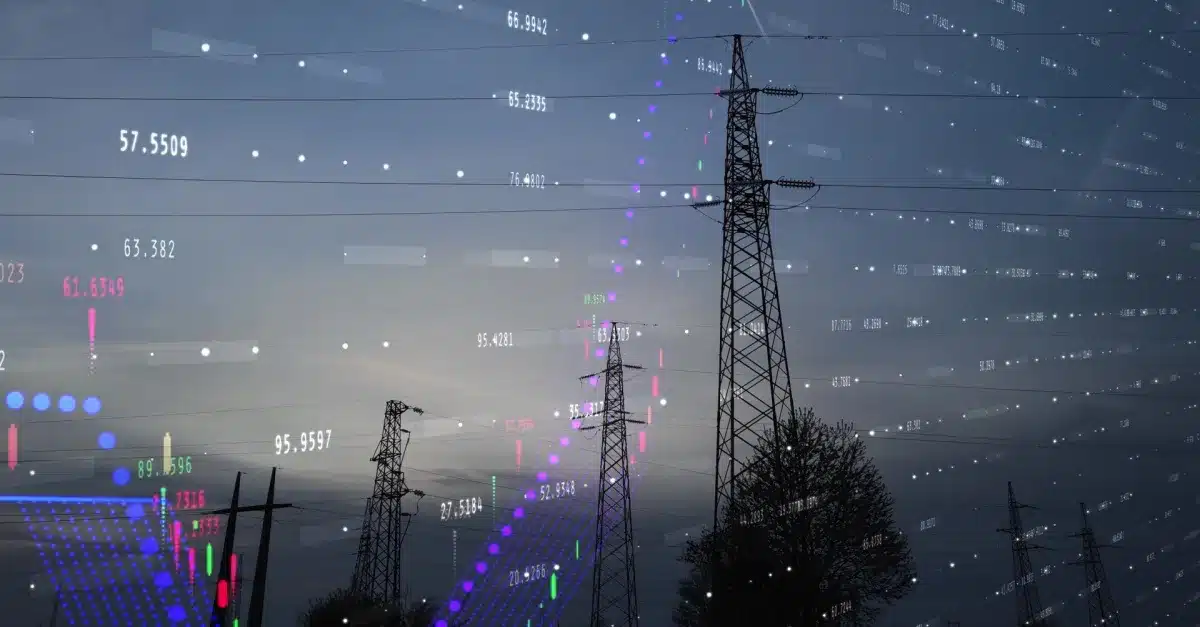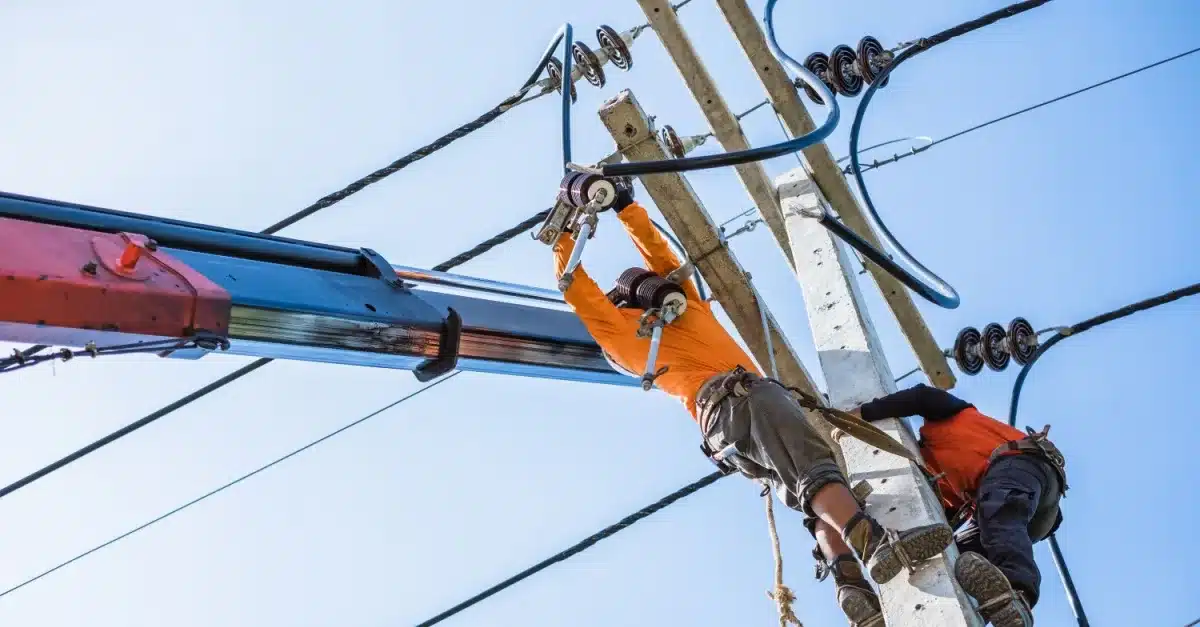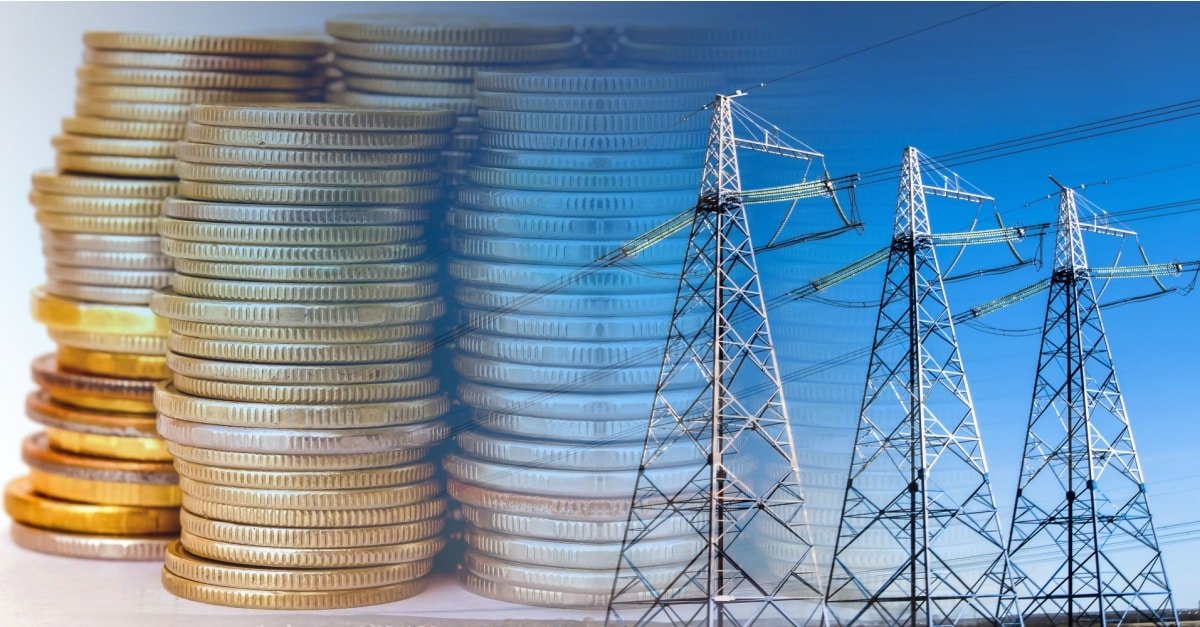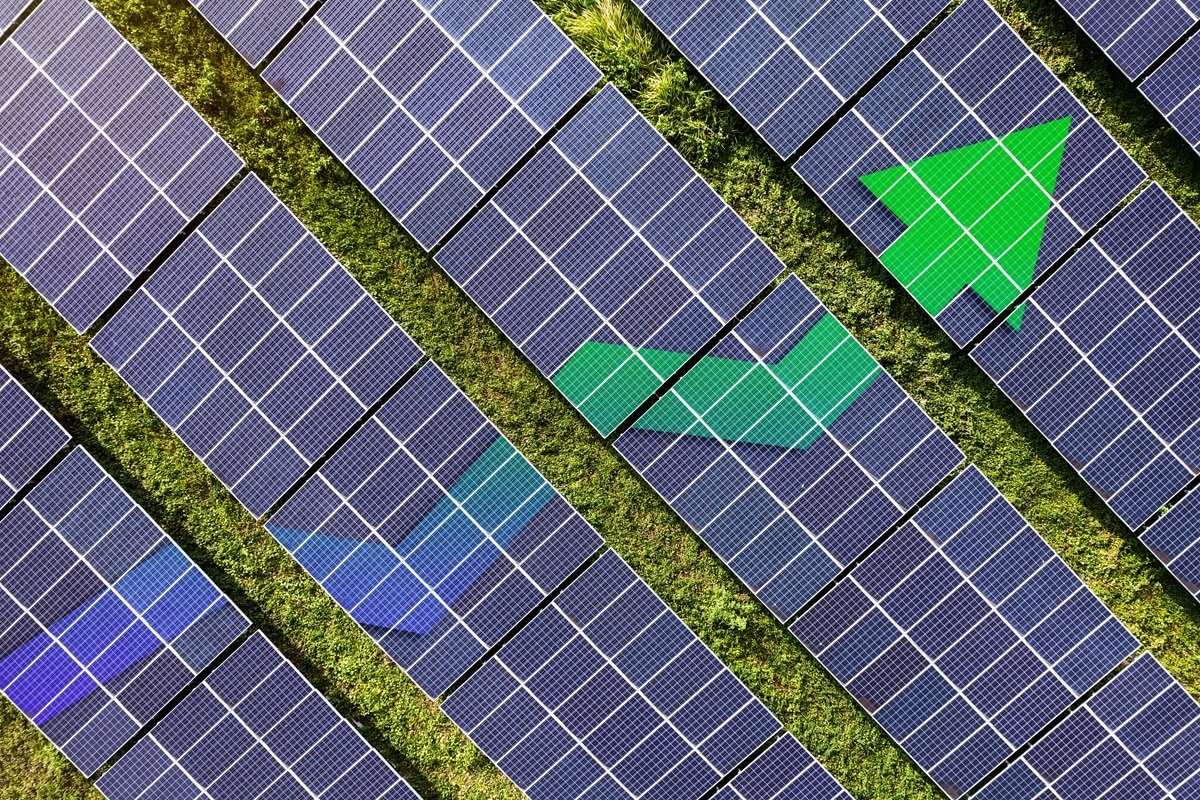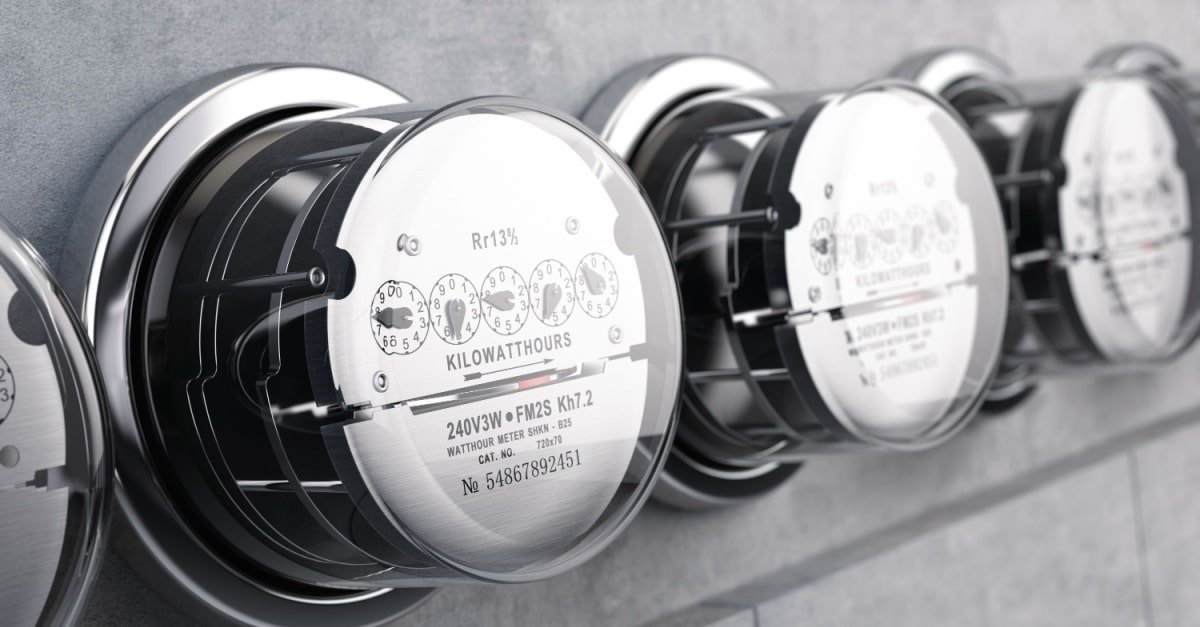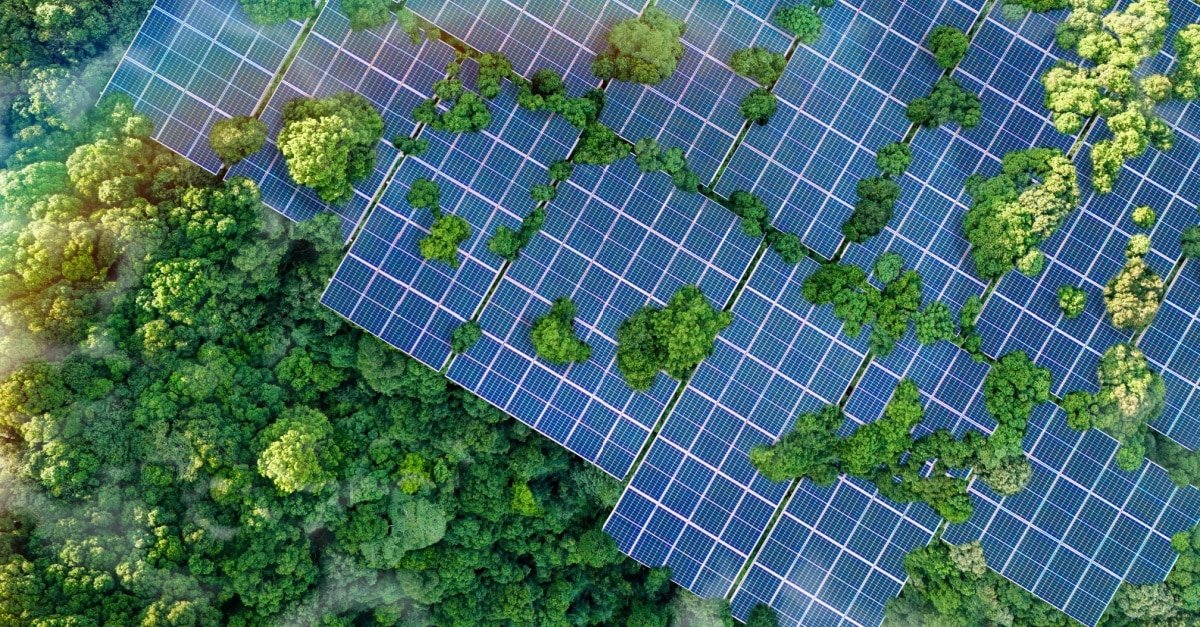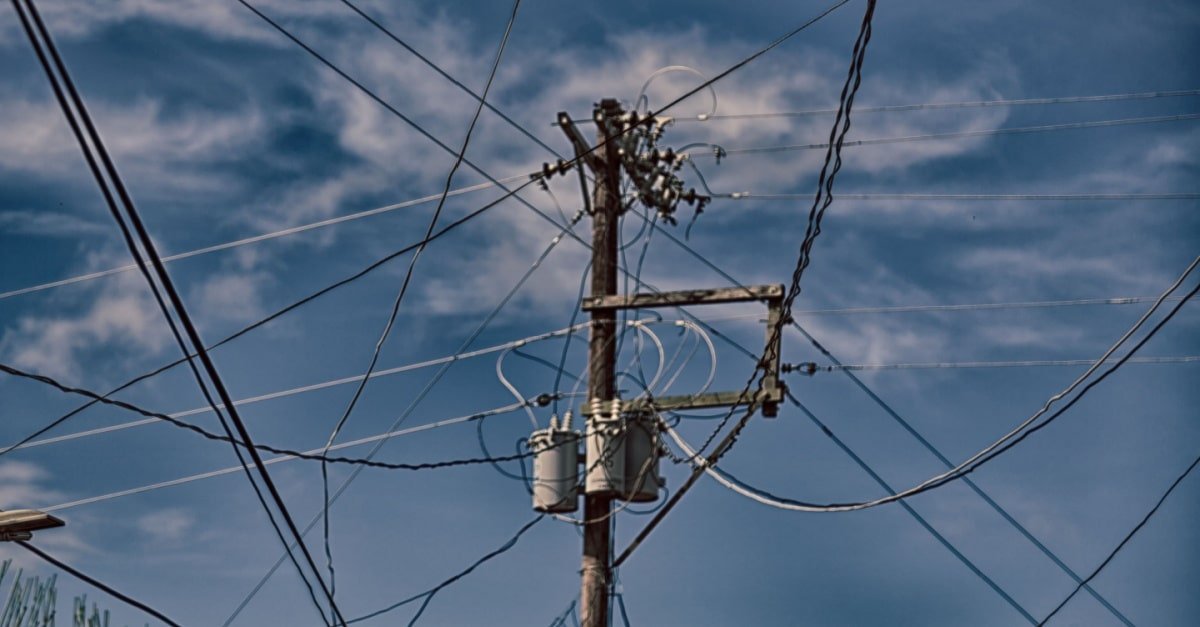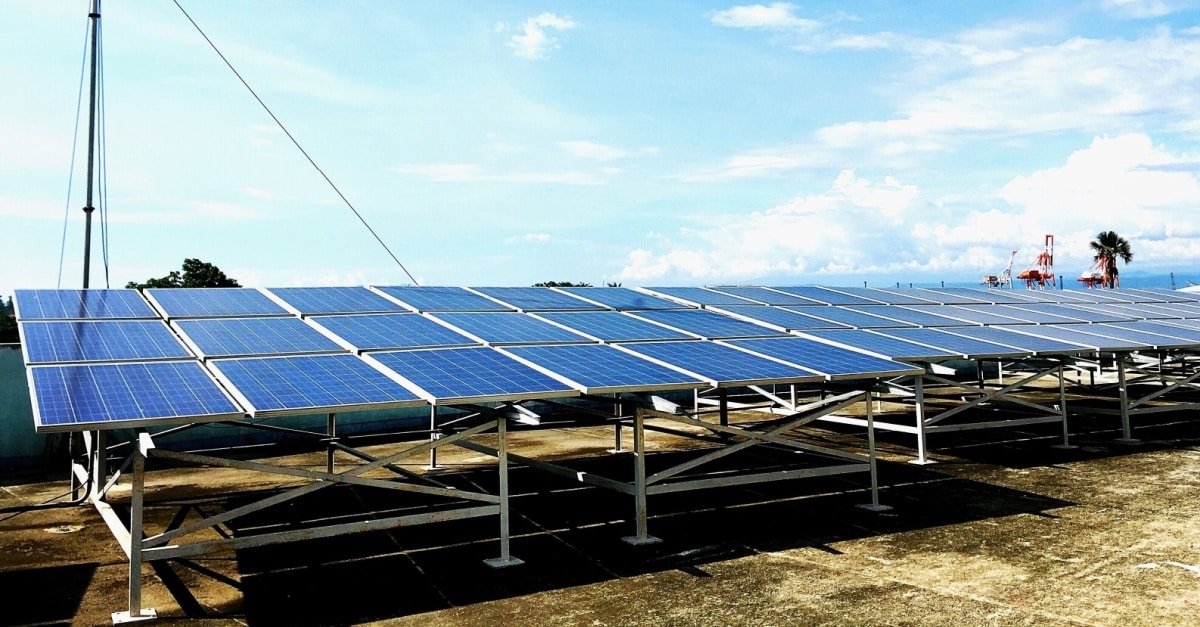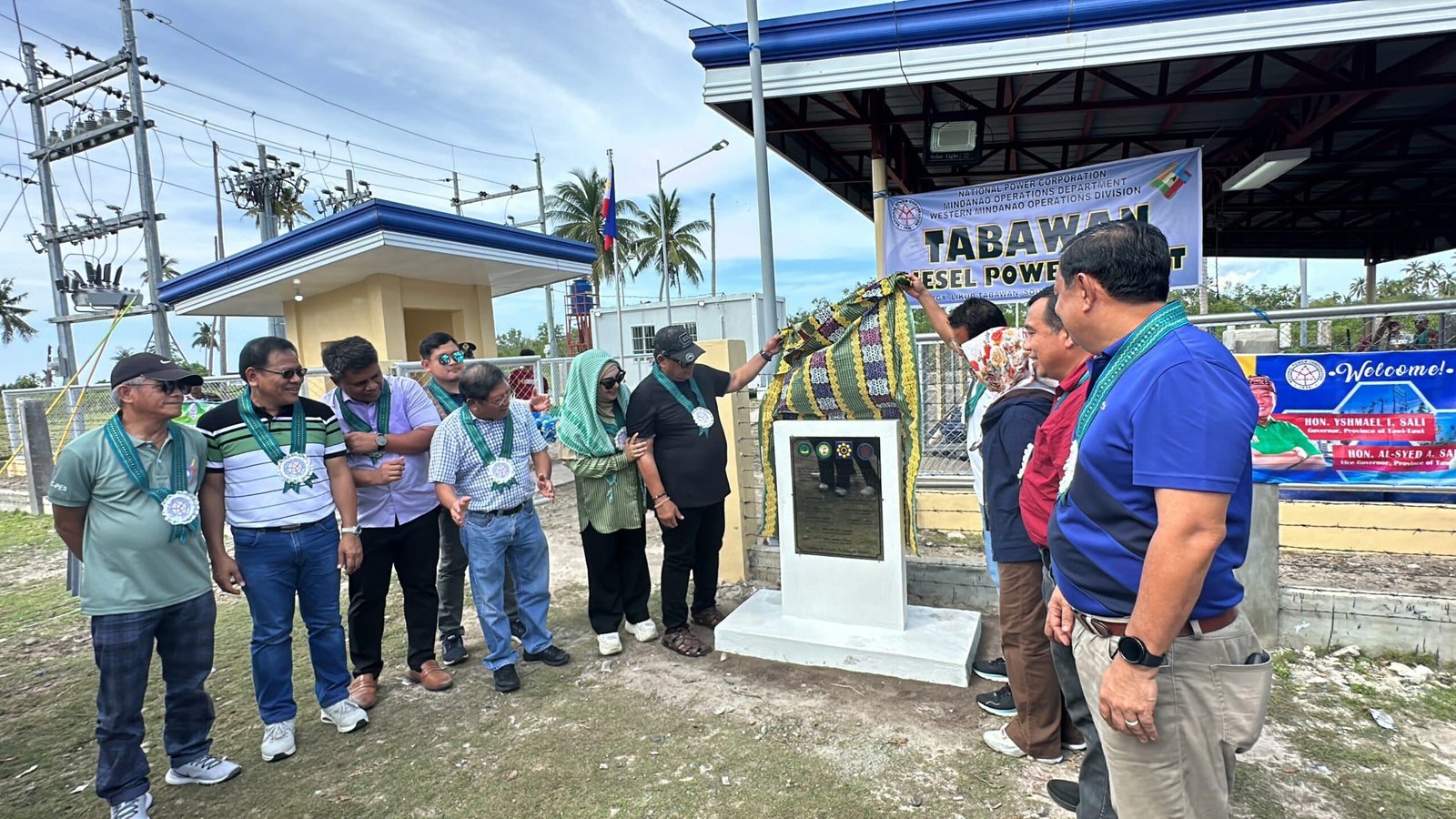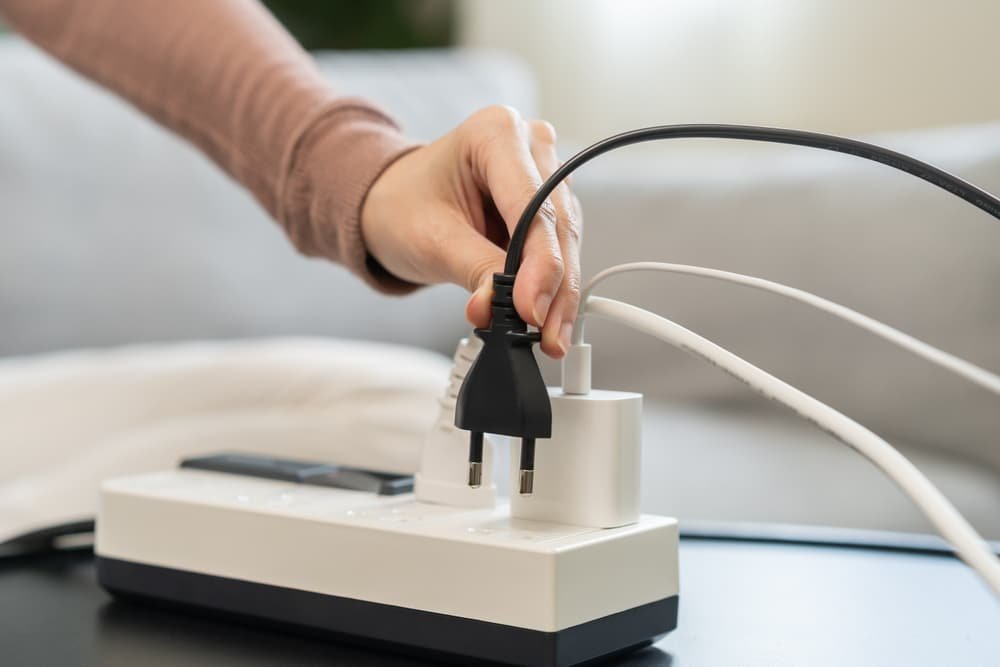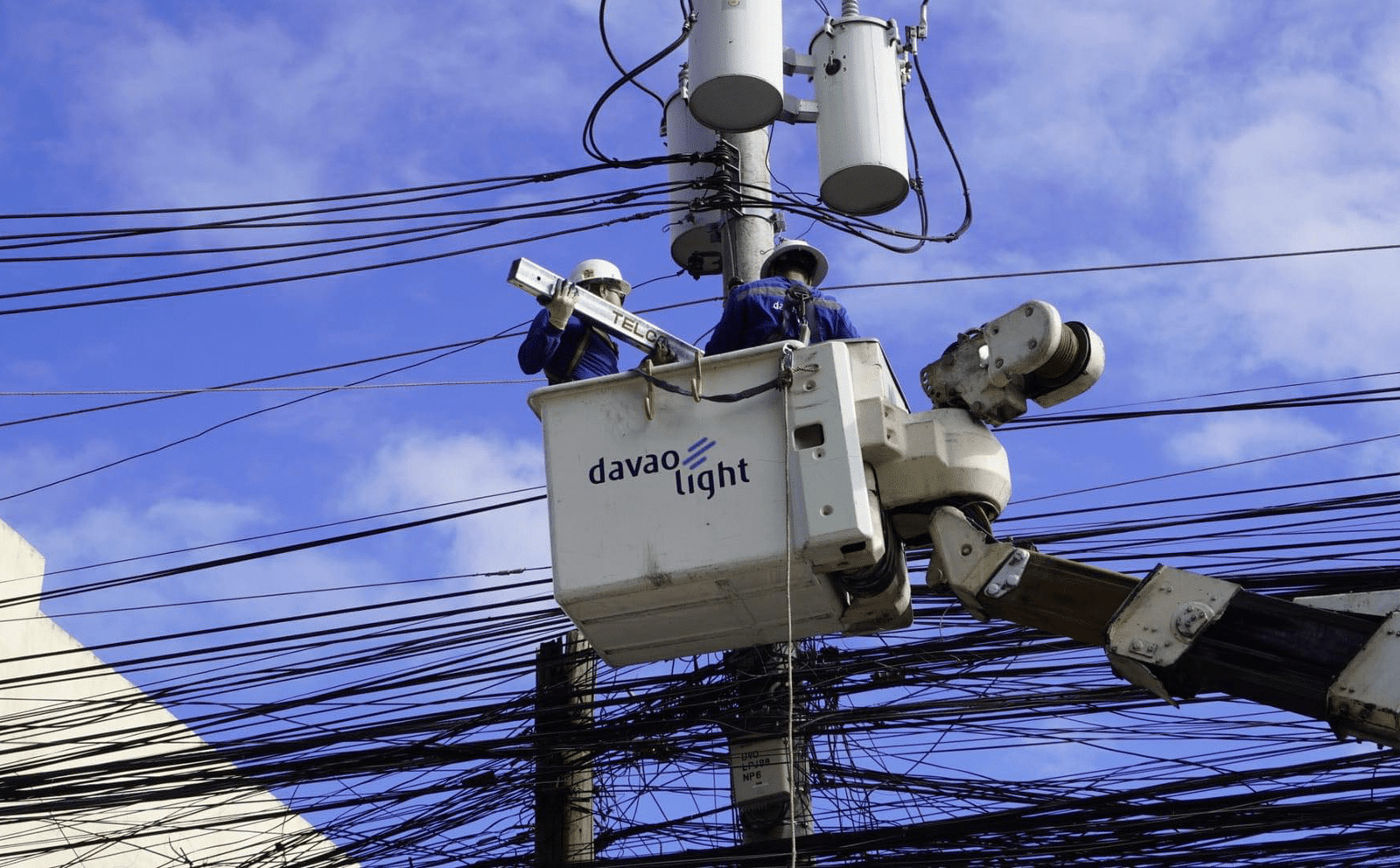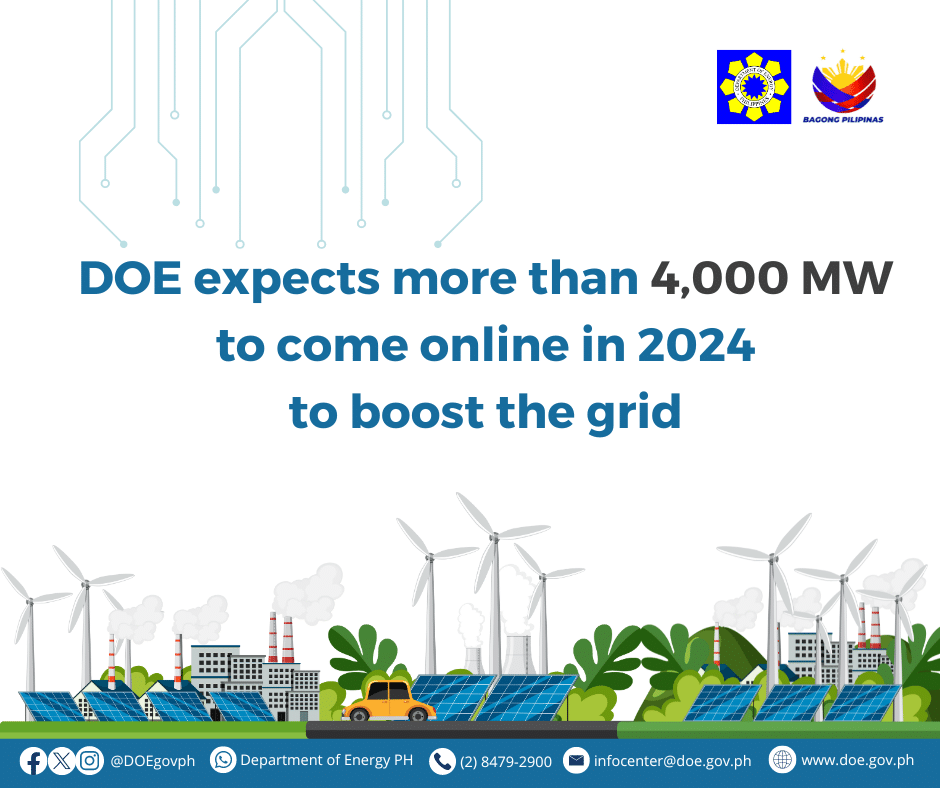
Table of Contents
The National Electrification Administration (NEA) will launch a ₱ 600 million overhaul of the Basilan Electric Cooperative (Baselco) to stabilize the power supply and boost economic growth in the province.
NEA Administrator Antonio Mariano Almeda announced that Baselco’s primary distribution lines will be relocated to major roads across Basilan to speed up repairs and improve power reliability. The move, part of a wider government plan to address the province’s energy challenges, is expected to begin later this year.
Under the rehabilitation program, NEA will install 3,100 solar home systems through its photovoltaic mainstreaming initiative, with another 5,000 units scheduled for 2026 to provide electricity to off-grid households.
For the project to succeed, NEA emphasized the need for cooperation from local governments and residents. “We just have to make our constituents understand that they have to pay for electricity,” Almeda urged officials, citing Lanao del Sur’s improved collection efficiency as a model that Basilan can replicate.
(Also read: Off-Grid Power Spike Hits Vulnerable Communities)
Basilan’s path to progress
Basilan, part of the Bangsamoro Autonomous Region in Muslim Mindanao (BARMM), is the largest island in the northern Sulu Archipelago.
Basilan has faced periods of unrest due to historical conflicts and the presence of various armed groups. These disturbances have disrupted daily life and hindered economic development. Peace efforts in recent years have improved stability in the province.
In 2023, Basilan’s economy was dominated by agriculture, forestry, and fisheries, accounting for 41% of GDP, while the services sector, led by trade, transportation, and public administration, contributed 36%, showing gradual diversification.
Its economy grew by 1.6% in 2024, with a GDP estimated at ₱23.45 billion. Leading the expansion, the construction sector surged 36.9%, followed by accommodation and food services and financial and insurance activities, each growing 19.6%.
According to the BARMM Ministry of Finance and Budget and Management, Basilan’s utilities sector has been a steady engine of industrial growth, rising from ₱1.76 billion in 2018 to ₱2.42 billion in 2023. Continued infrastructure improvements and service expansion have supported both industrial activity and community needs, with further growth expected from the National Power Corporation’s (NPC) plan to lease 2.0 MW generating sets to strengthen the province’s power supply.
Building on these gains, Department of Energy (DOE) Secretary Sharon Garin highlighted the critical role of reliable electricity in driving sustainable development. “If we can unleash the island’s potential, Basilan can become a showcase for sustainable development,” she said, as reported by Almeda.
(Also read: Nordeco’s Samal Submarine Cable: A 6-Year Promise Still Out of Reach)
Spotlight on Baselco
Baselco, officially registered as the country’s 62nd electric cooperative (EC) on May 24, 1975, is currently classified as a large cooperative and rated class “D,” or ailing. It serves approximately 30,704 customers across Basilan, but over the years, it has struggled with issues that have hindered reliable power delivery.
- Aging infrastructure & frequent outages
House Resolution 1157, filed in 2023, details longstanding problems at Baselco, underscoring chronic inefficiencies that have affected service delivery across Basilan.
According to the NEA’s first quarter 2022 compliance report, households served by Baselco experienced an average of 90.7 power outages per year. Officials from Baselco and the NPC attributed these frequent blackouts to aging wires, posts, and connections—most over 46 years old—along with financial constraints, low collection rates, electricity pilferage, and equipment issues.
These persistent outages have caused economic losses, discouraged investment, and disrupted the delivery of goods and services. Essential health facilities, including hospitals and dialysis centers, have also been affected. With power demand projected to grow by 20 megawatts (MW) over the next decade due to population growth and new investments, addressing Baselco’s operational and financial challenges is critical to supporting Basilan’s development.
- Mounting debt
In February 2024, Deputy Minority Leader and Basilan Lone District Rep. Mujiv Hataman urged the NPC to forgive Baselco’s staggering ₱3.4 billion debt.
He stressed that Baselco’s debt, which stood at just ₱165.384 million in 2002, had ballooned due to years of mismanagement. Because Baselco had already paid ₱2.2 billion in interest alone, little room is left for infrastructure investments.
Hataman said the mounting debt has forced the EC to prioritize repayments over system improvements, contributing to frequent blackouts (up to 10 interruptions per day), affecting residents and essential services alike. Hataman criticized the NEA for allowing these inefficiencies to persist, calling the situation a “vicious cycle” that continues to penalize Basilan’s residents.
While legislative efforts, such as House Bill No. 11045 filed in November 2024, have proposed debt condonation, these measures remain under deliberation and have not yet been enacted into law.
- Financial mismanagement
In 2019, the Power Sector Assets and Liabilities Management Corporation (PSALM) discovered that 11 ECs, including Baselco, failed to remit a total of ₱238.3 million in Universal Charge (UC) collections. Baselco alone had ₱31.531 million unremitted.
The UC is a mandatory charge collected from electricity consumers to recover stranded debts and contract costs of the NPC, as required under the Electric Power Industry Reform Act of 2001 (EPIRA).
PSALM issued final demand letters warning that each month of non-remittance constitutes a violation of EPIRA, punishable by fines of up to ₱50 million.
- NEA’s takeover
In 2002, the DOE announced that the NEA would take over the management of Baselco. At the time, the EC owed the NPC ₱332 million and the NEA ₱408 million, prompting repeated requests for debt restructuring.
The cooperative faced severe operational issues, with system losses from pilferage and technical inefficiencies reaching 24.05%, well above the 14% limit for ECs. Concerned about looming bankruptcy and the welfare of member-consumers, the City of Isabela passed Resolution No. 02-1146 recommending NEA’s intervention to stabilize Baselco’s operations and finances.
Baselco’s rehabilitation: a multisector effort
DOE Secretary Garin recently led a high-level meeting with Basilan officials and heads of key national agencies to address the province’s persistent power challenges and Baselco’s heavy debt. The forum stressed the urgent need for the EC to improve operations, including raising collection efficiency, reducing losses, and ensuring timely payments to power suppliers.
Financial relief is a key part of the plan, with the DOE pursuing legislative measures to condone the cooperative’s interest on its NPC debt, freeing resources for infrastructure upgrades. BASELCO estimates ₱807 million is needed to rehabilitate distribution lines, with ₱200 million committed by the NEA. New 69-kV transmission lines and substations are planned for Isabela, Lamitan, and Maluso by 2027 to strengthen the province’s power backbone.
Diversifying energy sources is also prioritized, with an 18.5-MW decentralized generation project planned across Isabela, Lamitan, and Maluso. Meanwhile, the ₱6.67 billion Zamboanga-Basilan Interconnection Project (ZBIP) will connect Basilan to the Mindanao grid, providing a more stable and reliable power supply for the island.
However, energy industry analysts warn that systemic inefficiencies within the NEA and ECs could undermine reforms. BusinessWorld columnist Bienvenido Oplas described the NEA as “one of the more wasteful agencies in the government,” noting that despite receiving ₱12.9 billion in 2020 and ongoing annual subsidies, many ECs continue to suffer heavy losses and provide substandard service compared with private distribution utilities.
Manila Tribune columnist Komfie Manalo added that ECs have long relied on government handouts rather than investing in their infrastructure, leaving communities vulnerable to frequent outages. “…unlike private distribution utilities, co-ops enjoy preferential treatment which breeds inefficiencies as evidenced by very poor performances in many provinces,” he wrote. “…the subsidies must be halted to cut the undue burden on taxpayers, who are not even customers of these electric cooperatives but unfortunately still carry the responsibility to aid in the survival of the ECs.”
Sources:
https://en.wikipedia.org/wiki/Basilan
https://rssobarmm.psa.gov.ph/content/basilans-economy-grows-16-percent-2024
https://legacy.doe.gov.ph/sites/default/files/pdf/du_csp/2018-2027_BASELCO_PSPP.pdf
https://en.wikipedia.org/wiki/List_of_electric_distribution_utilities_in_the_Philippines
https://docs.congress.hrep.online/legisdocs/basic_19/HR01157.pdf
https://www.pna.gov.ph/articles/1219206
https://docs.congress.hrep.online/legisdocs/basic_19/HB11045.pdf
https://www.philstar.com/business/2002/06/08/163835/nea-take-over-basilan-power-co-op
https://tribune.net.ph/2023/12/23/electricity-subsidies-to-electric-coops-a-never-ending-burden


